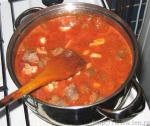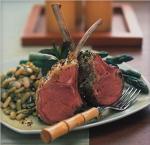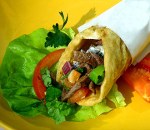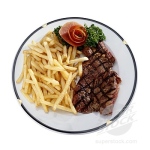 Romania is one of the world’s top-ranking producers of numerous delicious wines, some of which never leave its borders. Wherever you are in Romania, you’re in wine country.
Romania is one of the world’s top-ranking producers of numerous delicious wines, some of which never leave its borders. Wherever you are in Romania, you’re in wine country.
Romania’s climate and soil are hospitable to the production of many different types of wines, from dry, sparkling whites to rich, aromatic, purplish reds. And, since traditional Romanian fermentation methods do not employ chemicals, drinking these richly tasting wines seldom results in a hangover.
A large scale of local sorts is produced: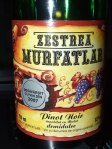
– Feteasca
– Grasa
– Tamaioasa
However, universal wines are also produced:
– Riesling
– Merlot
– Sauvignon Blanc
– Cabernet Sauvignon
– Chardonnay
– Muscat Ottonel
 The beer is also consumed at a large scale; under German influences.
The beer is also consumed at a large scale; under German influences.
Romania is the second large producer in the world of plums and almost the entire production of plums is used in order to produce “tuica”, a brandy of plums obtained through distillation.
